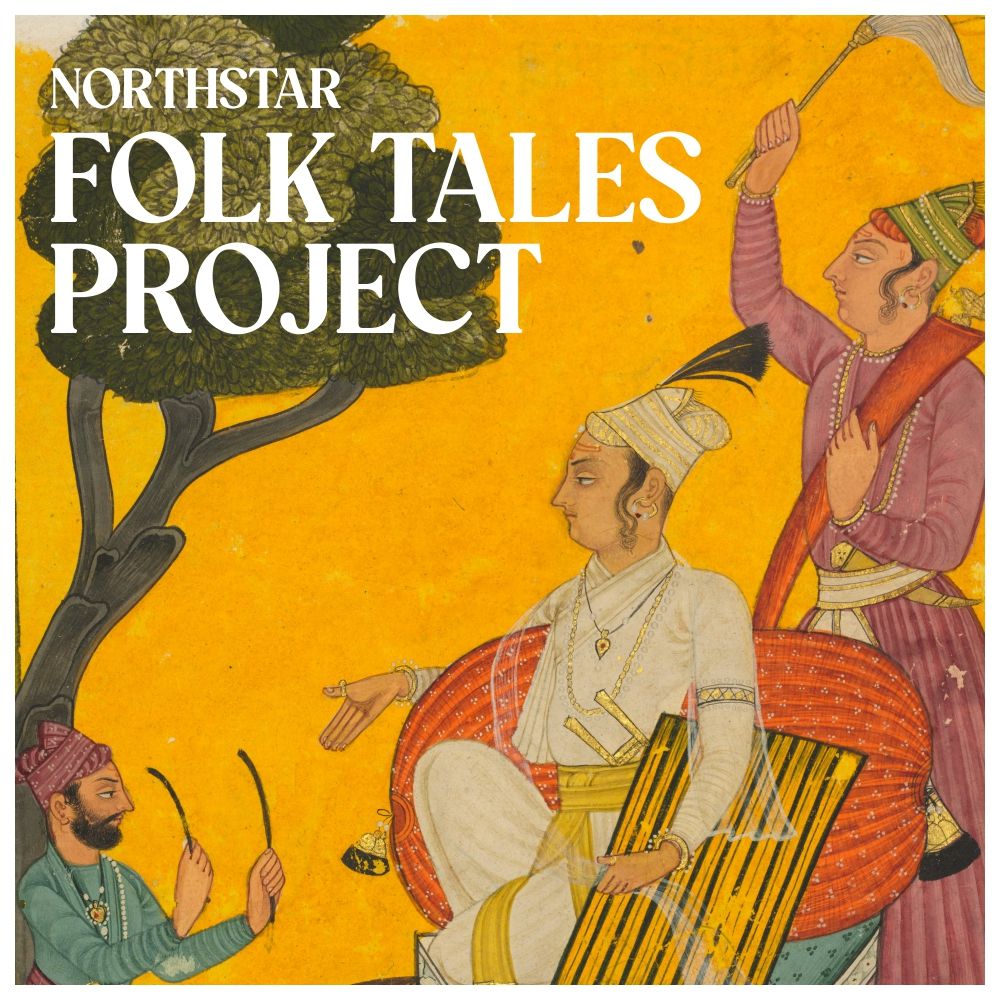Introduction to Jātaka Tales

We find in the extraordinary work on Jātakas by H.T. Francis and E.J. Thomas, the following lines:
"Benfey held that although the impulse to invent folktales is a feature of general human nature, yet the existing folktales of Europe and Asia as a matter of fact originated in India."
"The great authority of Benfey has popularised the view that Indian folktales originated with the Buddhists.
Benfey's main argument for the Buddhistic origin of Indian folktales was the fact that traces of Buddhism appeared to be found in the Panchatantra, the Indian collection of tales which has become widely known in the West as the fables of Bidpai. From this he inferred that the Panchatantra was a Buddhist work revised by Brahmins. But we now know that the work was of Brahmin origin, and had been revised in the versions which Benfey used by Buddhist or Jain editors. This has been proved by Dr Hertel, who has edited and translated a much earlier form of the Panchatantra, known as the Tantrdkhyayika, which is purely Brahmanistic and without any Buddhist features. The question of the history of Indian folktales has not been simplified by this discovery, but it has made it impossible to look for their origin in Buddhism."
"Each separate story is embedded in a framework, which forms the Story of the Present. This is generally an account of some incident in the life of the historic Buddha, such as an act of disobedience or folly among the brethren of the Order, the discussion of a question of ethics, or an instance of eminent virtue. Buddha then tells a Story of the Past, an event in one of his previous existences which explains the present incident as a repetition of the former one, or as a parallel case, and shews the moral consequences. To adapt such an ancient tale was in general a simple matter, as it was not necessary to make the actors Buddhists. The tale might be told of a past time when there was no Buddha in existence, and in which the ideas are those of ordinary Hinduism. The one feature necessary for the story is that the Bodhisatta in some character should appear. When the tale itself contained no instance of a wise person who could play the part of the Bodhisatta, modification was necessary; though this is often done by making the Bodhisatta a divinity or a sage who witnesses the events and recites the gathas, the verses with which the tale concludes. Some of the stories of the past are evidently manufactured by adapting the circumstances in the story of the present, and building up a story of the past out of it.?
"The independent origin of similar tales is still a tenable theory; but it is possible to shew, on the assumption that they are connected, that a path of transmission from India to Greece was open long before communications were established by Alexander. This was from India to Persia, and from Persia to Asia Minor. It can also be shewn that tales from India actually reached Persia and the Euphrates district independently of any Greek mediation. Relations with India in the sixth century B.C. are shewn by the inscriptions of Darius the Great (621—486 B.C.), especially in one at Persepolis, which mentions Indush (the Indus district) and Gandara among the peoples who brought him tribute. In the Story of when they Ahikar we have a Persian or Babylonian story which Benfey identified with a well-known Indian type."
I will be sharing some Jātaka tales in the coming days.
